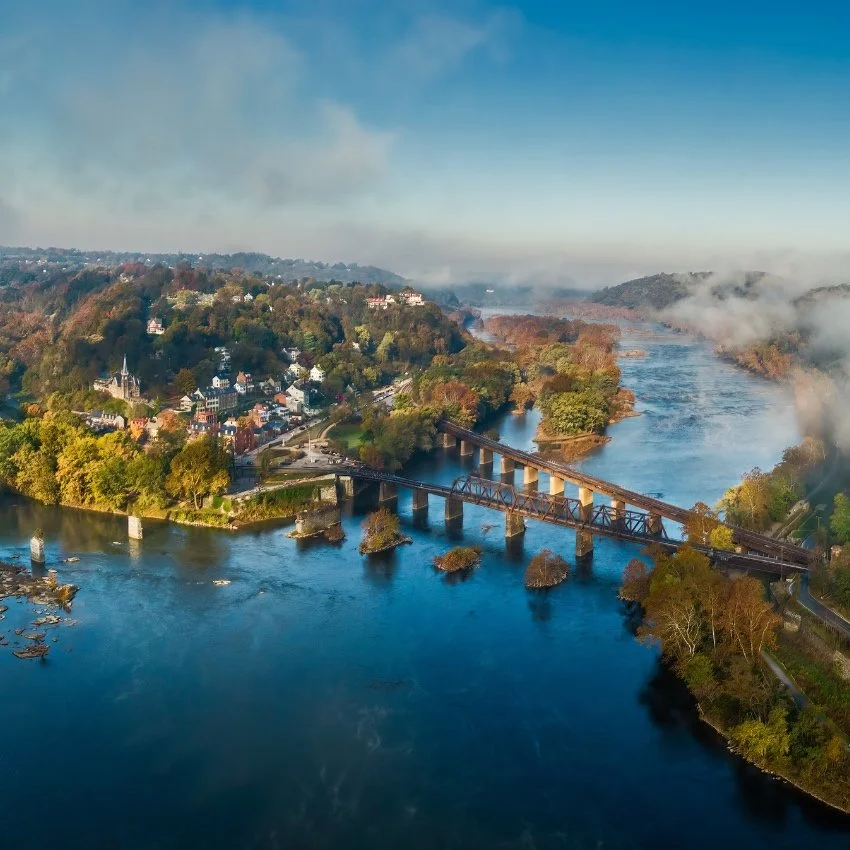The "perfect storm" that caused Ellicott City to flood, and what we can do about it
/We're not powerless in combating flooding in our communities
A car drives through flood waters on Main Street in Annapolis, Maryland. Photo by the Chesapeake Bay Program.
This piece was published in the Washington Post opinion section on June 29, 2018.
In late May, residents and business owners in historic Ellicott City were just closing the books on a 2016 flood there when they were forced to watch again as water overwhelmed their community. A severe storm had brought about 10 inches of rain in three hours. Flooding like this has occurred frequently in Ellicott City for decades, but it is not geographically unique. In recent weeks, we have seen flooding on the Mall in Washington, in Prince George’s County, in Old Town Alexandria and in the neighborhoods of West Baltimore.
Yet, the tragic and deadly event in Ellicott City sparked a lively debate among residents, engineers, environmentalists and state and local officials. How could a 1,000-year flood occur twice in two years? Is the flooding related to poor development practices that remove forests and pave over the land? Are we lacking critical flood-reducing infrastructure? Is the land sinking? Is climate change playing a role?
The answer: all of the above.
Major flooding events in our area can be caused by a perfect storm of issues, created by decisions that were made a long time ago. Over the years, thousands of acres of mature forests that would normally have absorbed the rain were replaced with paved surfaces. These areas increase the rate at which water flows into local rivers and streams, creating fast-moving and destructive conditions. Also, our changing climate, because of overuse and dependence on fossil fuels, is increasing the severity of rainfall events. These and other factors are the result of human impact, and while these flooding events are destructive in and of themselves, they also are a pathway for pollution and bacteria to enter our waterways.
Under a bill passed in 2012, Maryland began requiring its 10 most populous jurisdictions to enact local dedicated fees as a way to fund projects that would help prevent pollution and reduce disastrous flooding. Opponents viewed them as a government ploy to increase state revenue, and misleading slogans such as calling the fees a “rain tax” eventually resulted in a repeal of this legislation. The funding created on-the-ground projects that reduced pollution and flooding from paved surfaces. These projects include rain gardens, permeable pavers and bioretention cells. You may see them in your neighborhood, as more and more are being installed across Maryland. A few projects like these in Ellicott City would not have prevented this catastrophic flood, but they are a piece of the larger flood-management puzzle and are necessary if we are to have any chance of controlling flooding in our region.
We know projects such as these are reducing the amount of polluted water reaching the Chesapeake Bay because we are seeing the results. The annual Chesapeake Bay report card from the University of Maryland Center for Environmental Science brought good news: Overall bay health is showing positive trends for the first time since the report cards have been calculated. The report also showed many of the major rivers that feed into the Chesapeake are improving. Aquatic grasses, one of the bay’s most important habitats, are rebounding. And rockfish (also known as striped bass), blue crab and bay anchovy populations are healthy.
These projects are not only helping to improve the health of the Chesapeake Bay, but they also better the communities where we live, even ones far from the bay. They can help keep water out of everyone’s basement, reduce the number of swimming and fishing advisories in our rivers and streams, provide pollinator and wildlife habitat and beautify neighborhoods. Through smart growth and planning, we can focus development on existing paved surfaces, such as parking lots, as we revitalize our cities and towns and build in a greener way for our waterways and communities.
While there is no single solution for these flooding and pollution challenges, now is not the time to move backward. We must continue to push forward and support strong actions, public policies and smart growth that will reduce the risks of flooding and keep our local water clean. Our communities depend on it.
















